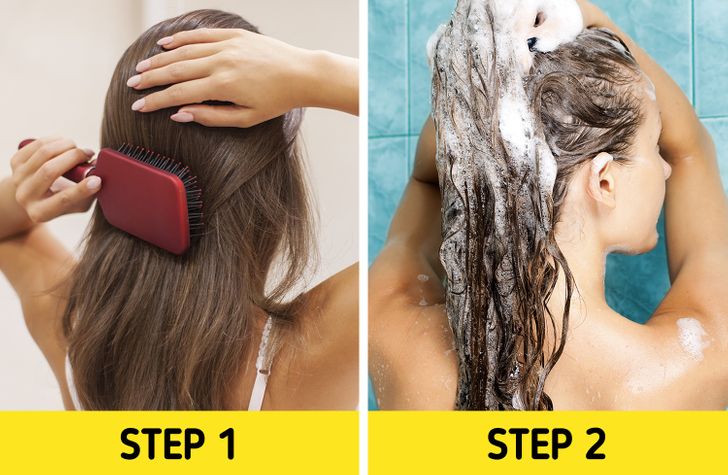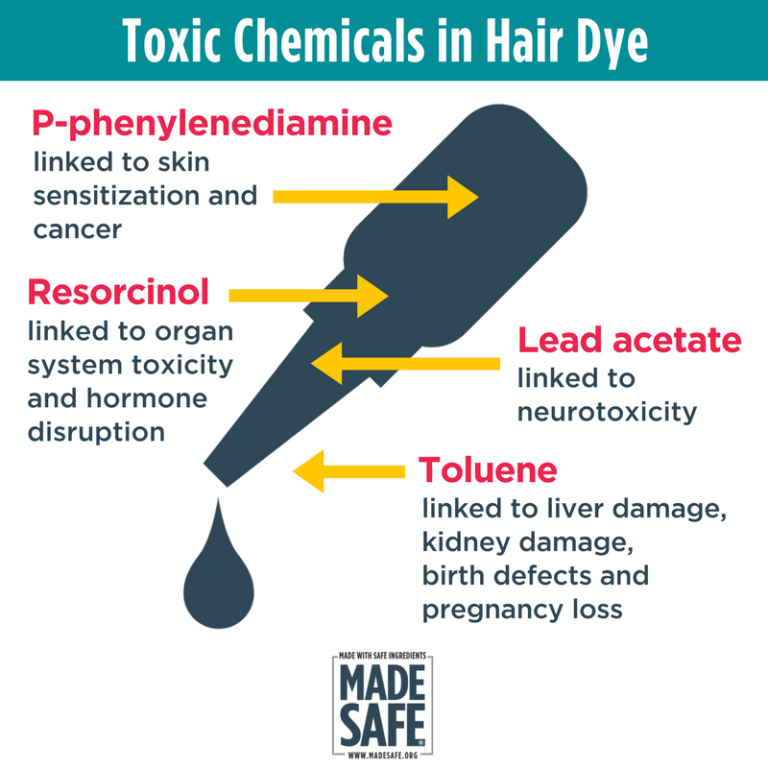7 Bad Habits That Are Ruining Your Hair
7 Bad Habits That Are Ruining Your Hair
Want luscious, healthy locks? Then you've come to the right place! At hairy.cartlab.web.id, we're passionate about helping you achieve your hair goals. Many of us strive for that perfect mane, but unknowingly, we might be engaging in habits that sabotage our efforts. From seemingly harmless daily routines to occasional indulgences, these bad habits can significantly impact the health and appearance of your hair, leading to dryness, breakage, and even hair loss. This comprehensive guide will unveil seven common culprits and provide practical solutions to help you cultivate a healthy hair care routine. Let's dive into the details and learn how to reverse the damage and achieve the vibrant, healthy hair you've always dreamed of.
Healthy, vibrant hair is often the result of consistent care and attention. It's more than just using the right products; it's about understanding the impact of our daily actions on our hair's health. Neglecting proper care can lead to a variety of issues, from dullness and dryness to severe breakage and thinning. By identifying and addressing these bad habits, you can take a proactive step towards restoring your hair's natural beauty and strength. This article will serve as your guide to understanding these habits and implementing positive changes for a healthier, happier head of hair.
This article will explore seven common bad habits that significantly impact hair health, offering practical advice and actionable steps to help you break free from these damaging routines and cultivate a thriving, beautiful mane. Remember, consistency is key when it comes to hair care, and even small changes can make a significant difference over time.
1. Over-Washing Your Hair

One of the most common mistakes people make is washing their hair too frequently. While daily cleansing might seem necessary, especially for those with oily scalps, it can actually strip your hair of its natural oils (sebum), leading to dryness, brittleness, and increased breakage. Sebum is essential for keeping your hair moisturized and protected. Over-washing removes this crucial natural conditioner, leaving your hair vulnerable to damage.
How often should you wash your hair? The ideal frequency depends on your hair type and scalp condition. Those with oily hair might need to wash every other day or even daily, while those with dry or fine hair might only need to wash once or twice a week. Experiment to find what works best for you, but err on the side of less frequent washing if possible.
Tips for reducing washing frequency:
- Use dry shampoo: This is a lifesaver for extending the time between washes. It absorbs excess oil and adds volume, keeping your hair looking fresh and clean.
- Focus on the scalp: When you do wash, concentrate the shampoo on your scalp where the oil builds up, and let the lather gently cleanse the rest of your hair.
- Condition carefully: Avoid applying conditioner directly to your scalp, focusing instead on the lengths and ends of your hair.
2. Using Too Much Heat Styling

Heat styling tools like straighteners, curling irons, and blow dryers can be incredibly damaging to your hair if overused. Excessive heat can literally cook your hair, causing dryness, breakage, and split ends. The high temperatures alter the hair's protein structure, leaving it weak and prone to damage.
How to minimize heat damage:
- Limit your use: Try to air dry your hair as often as possible. If you must use heat styling tools, do so sparingly.
- Use heat protectant: Always apply a heat protectant spray or serum before using any heat styling tool. This creates a barrier between your hair and the heat, reducing damage.
- Lower the temperature: Avoid using the highest heat setting on your styling tools. Opt for a lower temperature that still achieves your desired style.
- Invest in quality tools: High-quality tools often distribute heat more evenly, minimizing damage.
3. Ignoring Your Diet

What you eat directly impacts the health of your hair. A diet lacking in essential nutrients can lead to dull, brittle, and weak hair. Hair is primarily made of protein, so a protein-deficient diet can significantly impact its growth and strength.
Nutrients essential for healthy hair:
- Protein: Found in meat, fish, eggs, beans, and lentils.
- Iron: Found in red meat, spinach, and lentils.
- Zinc: Found in oysters, red meat, and nuts.
- Biotin: Found in eggs, nuts, and sweet potatoes.
- Vitamin D: Found in fatty fish, egg yolks, and fortified foods.
4. Rough Handling and Brushing

Roughly handling your hair can lead to breakage and damage. Pulling, tugging, and aggressive brushing can weaken hair strands, leading to split ends and hair loss. This is especially true when your hair is wet, as it is more vulnerable to damage in this state.
Gentle hair care practices:
- Use a wide-toothed comb: Use a wide-toothed comb to detangle wet hair, starting from the ends and working your way up.
- Be gentle: Avoid pulling or tugging on your hair.
- Avoid tight hairstyles: Tight hairstyles like tight braids or ponytails can pull on your hair, leading to breakage and hair loss.
- Protect your hair while sleeping: Sleep on a satin pillowcase to reduce friction and minimize breakage.
5. Over-Processing Your Hair

Frequent chemical treatments like coloring, perming, and relaxing can severely damage your hair. These processes alter the hair's natural structure, making it dry, brittle, and prone to breakage. Over-processing can lead to significant hair loss and even permanent damage.
Minimizing chemical damage:
- Limit chemical treatments: Reduce the frequency of chemical treatments.
- Use gentle products: Opt for gentler hair coloring products and techniques.
- Deep condition regularly: Deep condition your hair regularly to replenish moisture and repair damage.
- Give your hair breaks: Allow your hair to recover between chemical treatments.
6. Ignoring Split Ends

Split ends are a clear sign of damaged hair. If left untreated, split ends can travel up the hair shaft, causing further breakage and damage. Regular trimming is essential to maintain healthy hair.
Dealing with split ends:
- Regular trims: Get regular trims to remove split ends and prevent further damage. Aim for a trim every 6-8 weeks.
- Use deep conditioners: Deep conditioners can help to temporarily repair split ends, but regular trims are still necessary to remove them completely.
- Avoid harsh brushing: Gentle brushing techniques can prevent further splitting.
7. Using Harsh Products

Many hair products contain harsh chemicals that can strip your hair of its natural oils, leading to dryness, breakage, and damage. Sulfates, parabens, and silicones are common culprits. Look for products that are sulfate-free, paraben-free, and silicone-free.
Choosing the right products:
- Read labels carefully: Pay close attention to the ingredient list and avoid products with harsh chemicals.
- Look for natural ingredients: Opt for products containing natural ingredients that nourish and protect your hair.
- Consider your hair type: Choose products specifically formulated for your hair type (e.g., dry, oily, fine, thick).
Conclusion:
By identifying and addressing these seven bad habits, you can significantly improve the health and appearance of your hair. Remember, consistency is key. Small changes in your daily routine can make a big difference over time. Start incorporating these tips today and watch your hair flourish! For more information on improving your hair health, visit our page on 7 Bad Habits That Are Ruining Your Hair.
(Remember to replace the bracketed image placeholders with actual images.) Also, consider adding external links to reputable sources like the American Academy of Dermatology or similar organizations to support the information provided in the article.

Komentar
Posting Komentar